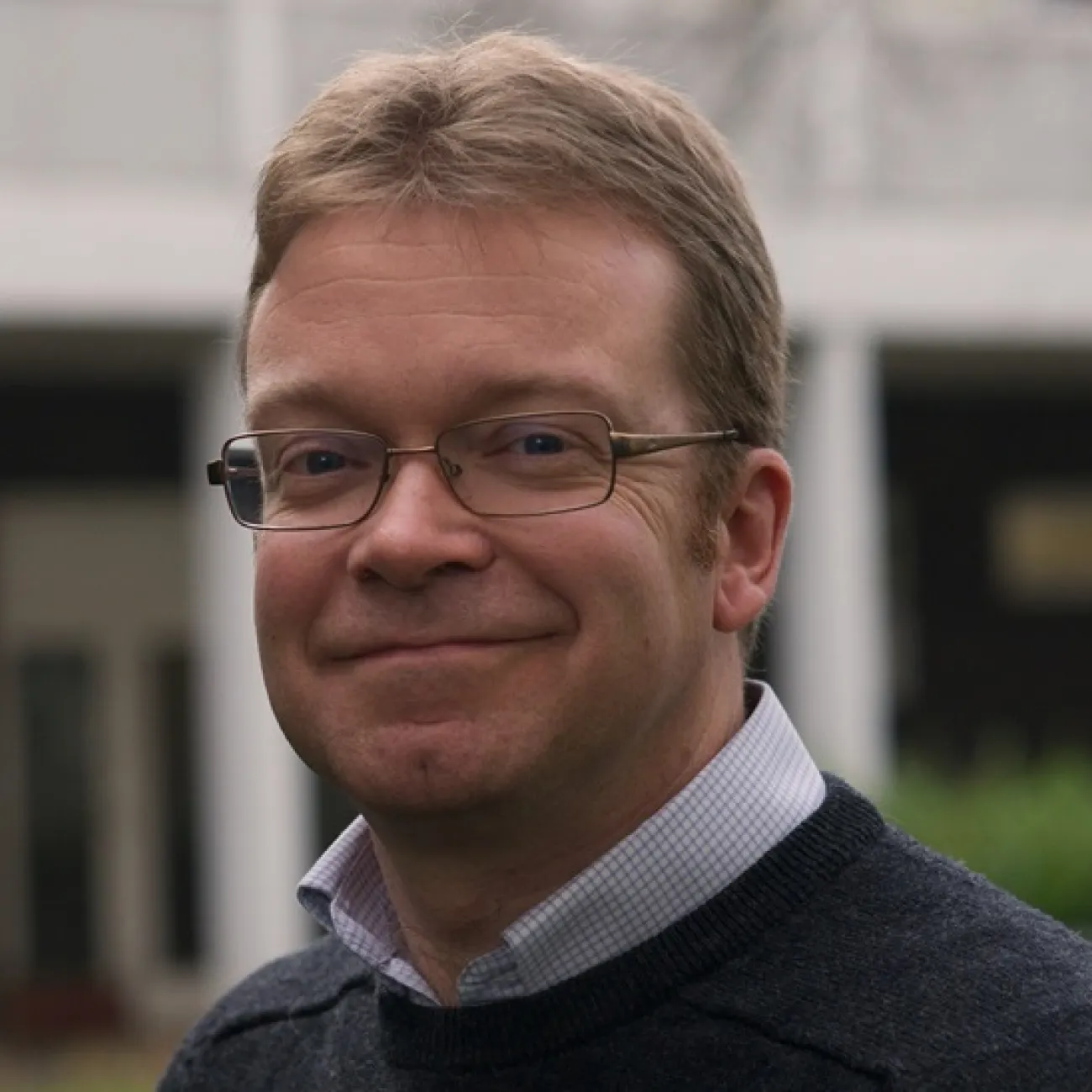About
Andy is Professor of Environmental Radiochemistry, and Research Director of the University consultancy and research unit GAU-Radioanalytical, in the School of Ocean and Earth Science at the University of Southampton. Having originally studied oceanography, he graduated with a PhD in Geology from Southampton in 1994 and since then has worked at various UK Universities before rejoining Southampton in 2016. He has over 30 years research and teaching experience in the environmental cycling and behaviour of aquatic and terrestrial pollutants (radioactive, metal, organic, and plastic contaminants); environmental radioactivity and radiochemistry; environmental geology; sediment geochemistry; radiometric dating; and contaminated land, wastes and water management (including the development of more sustainable contaminated land clean-up methods).
Andy is UK Discipline Lead for Radiochemistry in the Nuclear Waste Services Research Support Office (NWS-RSO), and is a member of the Geohazards committee of the International Geoscience Programme (IGCP) (International Union of Geological Sciences and UNESCO), which focuses on international geoscience capacity building and sustainable development.
Research
Research groups
Research interests
- Environmental radioactivity and radiochemistry
- Environmental geology
- Contaminated land, wastes and water management
- Sedimentary records of environmental change
- The Anthropocene
Research projects
Active projects
Completed projects
Publications
Pagination
External roles and responsibilities
Biography
My research and teaching interests cover the broad areas of environmental radioactivity, environmental contamination, environmental geology and applied geo- and radio-chemistry. I work with undergraduate, Masters and PhD students, postdoctoral researchers, and academic and industry partners in the following areas:
- Interaction of radioactive, trace metal, plastic and organic contaminants with soils, sediments, sedimentary rocks, ice and biota;
- Radiometric dating (210Pb and 137Cs);
- Development of novel techniques for contaminated land and water remediation, leachate/groundwater containment and treatment, effluent and wastes treatment and soil engineering and strengthening;
- Contaminated land management strategies (including for radioactively contaminated land, and sustainable remediation strategies);
- Use of Pb, Pu, U and other isotopes as tracers of contaminant sources and environmental processes;
- Sediments as recorders of historical pollutant input and recent environmental change (including from geohazards and extreme events) in peat, lake, coastal/estuarine and shelf sea environments;
- Stratigraphic determination of the Anthropocene.
Former and active projects in these and related areas have been or are funded from a range of RCUK, EU, Charity, DTI and industry and environmental body sources, and involve collaboration with a range of UK and international academic and industry partners.
